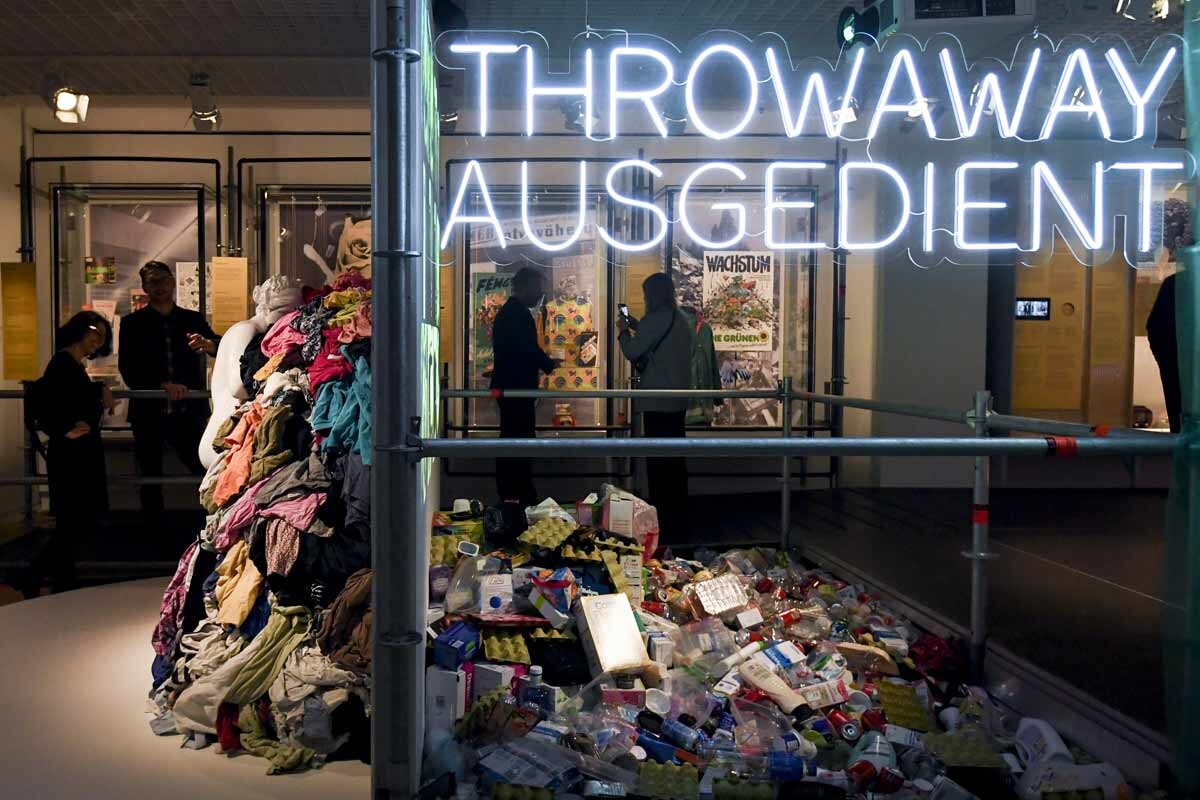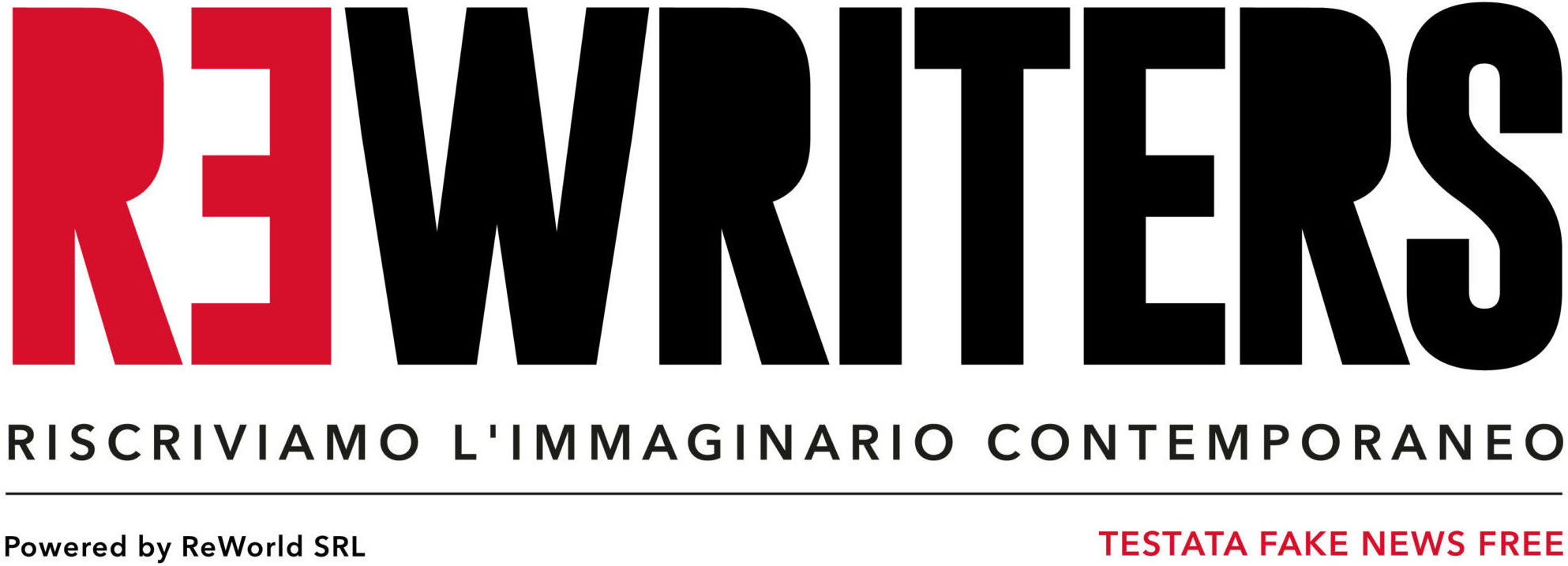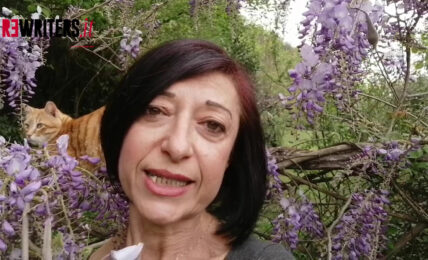Throwaway: a Bruxelles una mostra che svela la storia nascosta dei rifiuti in Europa
Fino al 24 gennaio la Casa della Storia Europea di Bruxelles ospita la mostra Throwaway, per portare alla luce la storia nascosta dei rifiuti in Europa con il loro significato di indicatori di cambiamento sociale.





